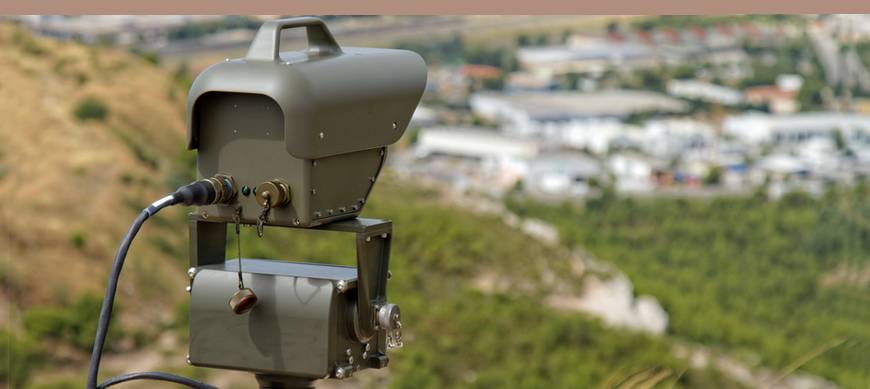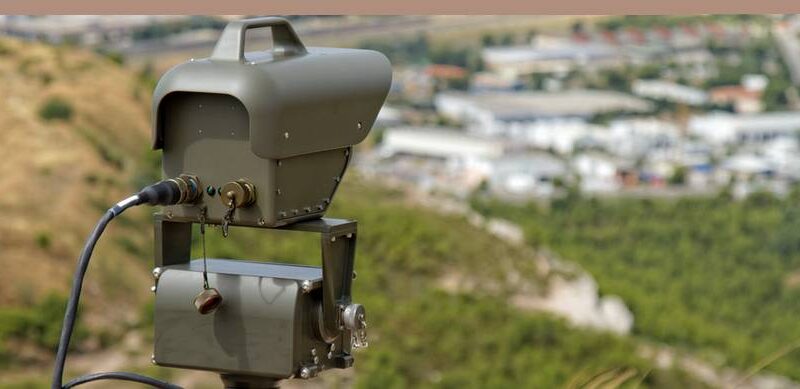

The Second Sight MS is a passive, long-range chemical and toxic gas cloud detector for real-time surveillance and source localisation.
Its compact, lightweight and modular design makes it ideally suited for military and civil security operations. Designed for early warning and real time visualization of suspicious gas clouds, this standoff camera shows the localisation of dangerous gases (toxic industrial gases or chemical warfare agents) as an overlay with its infrared sensor, and identifies the gas’ family while measuring its path length concentration.
Thanks to its unique gas X feature, the Second Sight MS also detects gases that are not in its database, which has been proven ideal when the gas is impure, mixed or unknown. Easy to operate, this system can operate a 24/7 surveillance and ensure live detection for rapid action in case of emergency.
The source point and contamination area are indicated, with an alarm video available for replay and rapid sharing. It can also be developed with a custom mounting for CBRN reconnaissance vehicles in case of nomad operations: the mechanical interface can easily attach the head camera and its pan and tilt on the roof of any vehicle.
Tried and tested, the Second Sight MS has the largest Field of View of the market, with a 12° objective and a specific lens for a surveillance up to 5km. It also displays a night and day infrared imaging capability, making it the best solution for law enforcement agencies, military forces and emergency responders worldwide.
As each gas has its own absorption spectrum, it presents typical absorption peaks in infra-red bands II (3µm to 5µm MWIR) and bands III (8µm to 14µm LWIR). Second Sight operates in band III, using the particular peaks in order to identify most gases. The scene’s background is used as an infra-red source, and the image processing algorithms highlight the gas cloud in sight.
In case of an alarm, an overlay forms on the infrared image to display the gas cloud’s presence. On the top left corner of the screen, the gas is identified (and underlined in red in the gas list) with its estimated path length concentration. The gas X feature detects any gas cloud modifying the infrared signature in band III of the observed scene, even when the gas is not listed in the database.
To find out more, fill out the enquiry form on this page.

